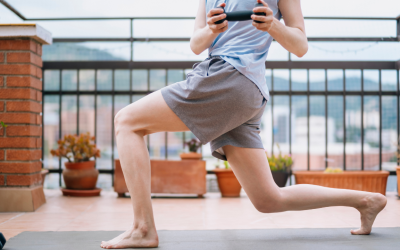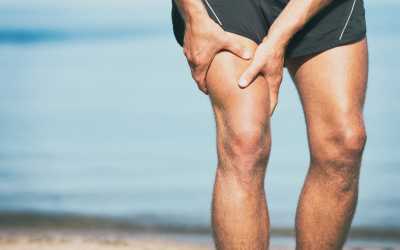Low Back Pain
Leave Your Low Back Pain Behind
Get fast, effective relief with personalized in-clinic or Virtual Physical Therapy treatment from a low back specialist.
Feeling Frustrated or Overwhelmed?
Low back injuries can be life-altering, from minor aches to severe pain. Instead of living in fear of aggravating your pain or waiting for it to go away on its own, get the key to a fast, effective recovery – a treatment plan that addresses the root cause of your pain.
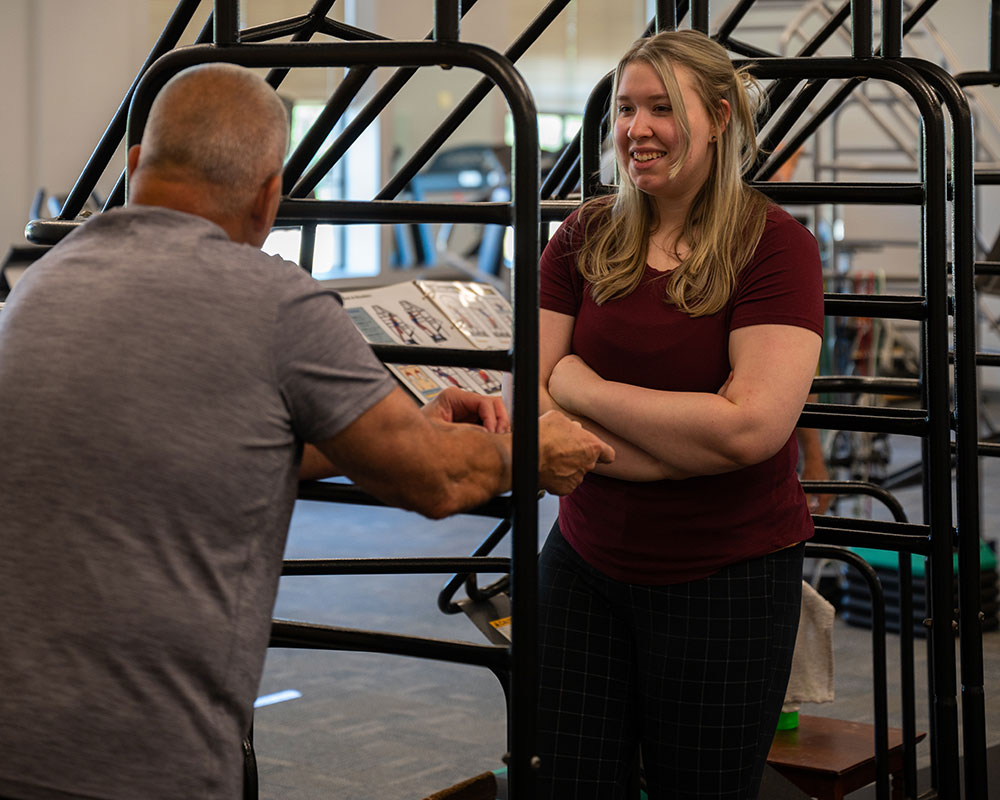
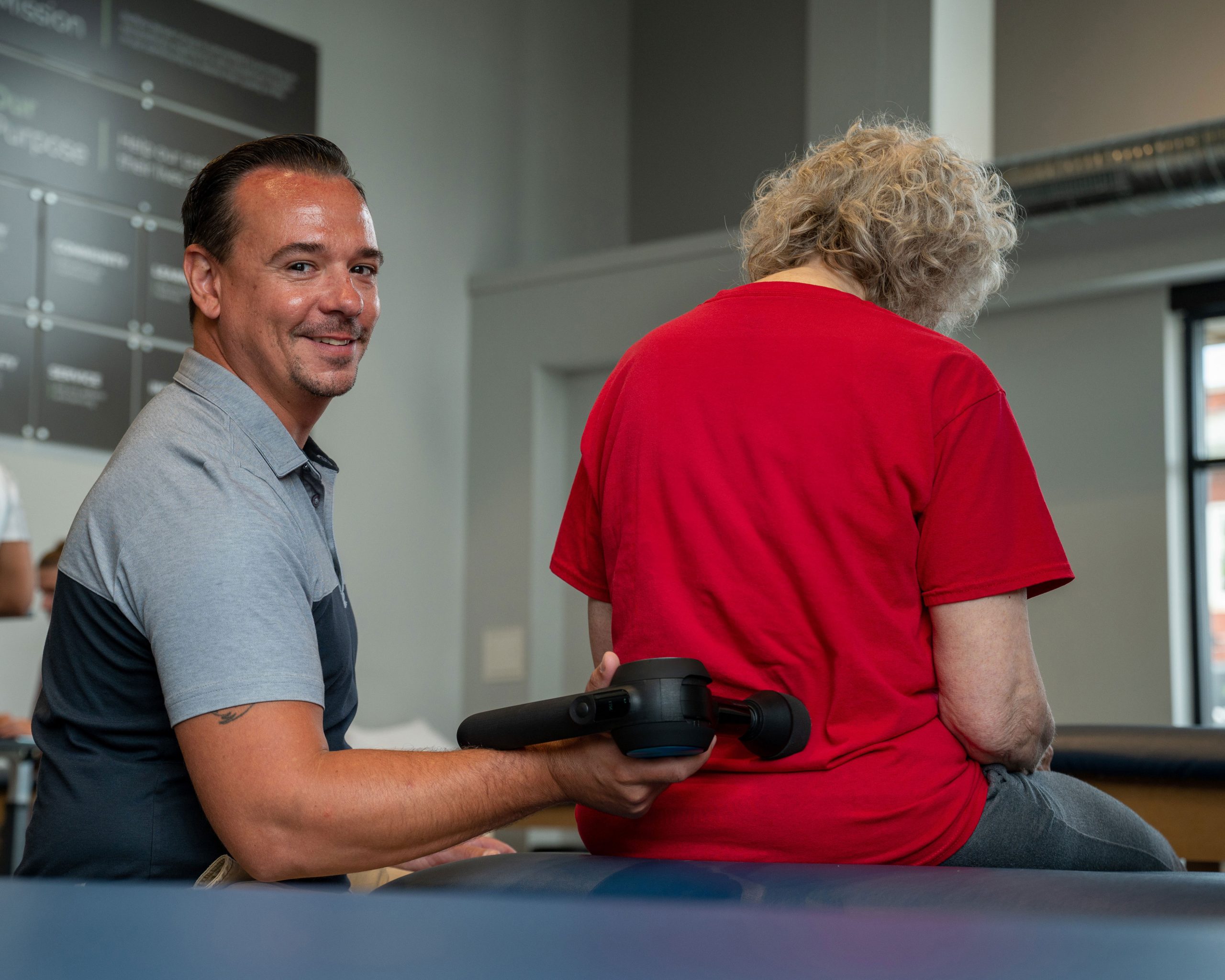
Addressing Your Low Back Pain
At Buffalo Rehab Group, our team uses evidence-based, personalized care to get you moving and feeling your best. With the right exercises and education, and by addressing the imbalances causing your low back pain, healing can be expedited, and recurrence reduced.
%
of adults suffer from low back pain every year
%
higher results achieved than the national average with Buffalo Rehab Group's evidence-based care
%
lower likelihood of opioid use when therapy is started early
Get Results Like Linda’s
Linda is a perfect example of fighting back after a low back injury. By following a personalized treatment plan, she went from being hoisted off her couch and taken to the emergency room to dancing with her husband and playing with her grandchildren.
How We Can Help
From minor aches to chronic conditions, Buffalo Rehab Group specializes in treating a range of low back issues:
Sciatica
Stenosis
Core Instability
Disc Herniation
Degenerative Disc Disease
Sacroiliac (SI Joint) Pain & Dysfunction
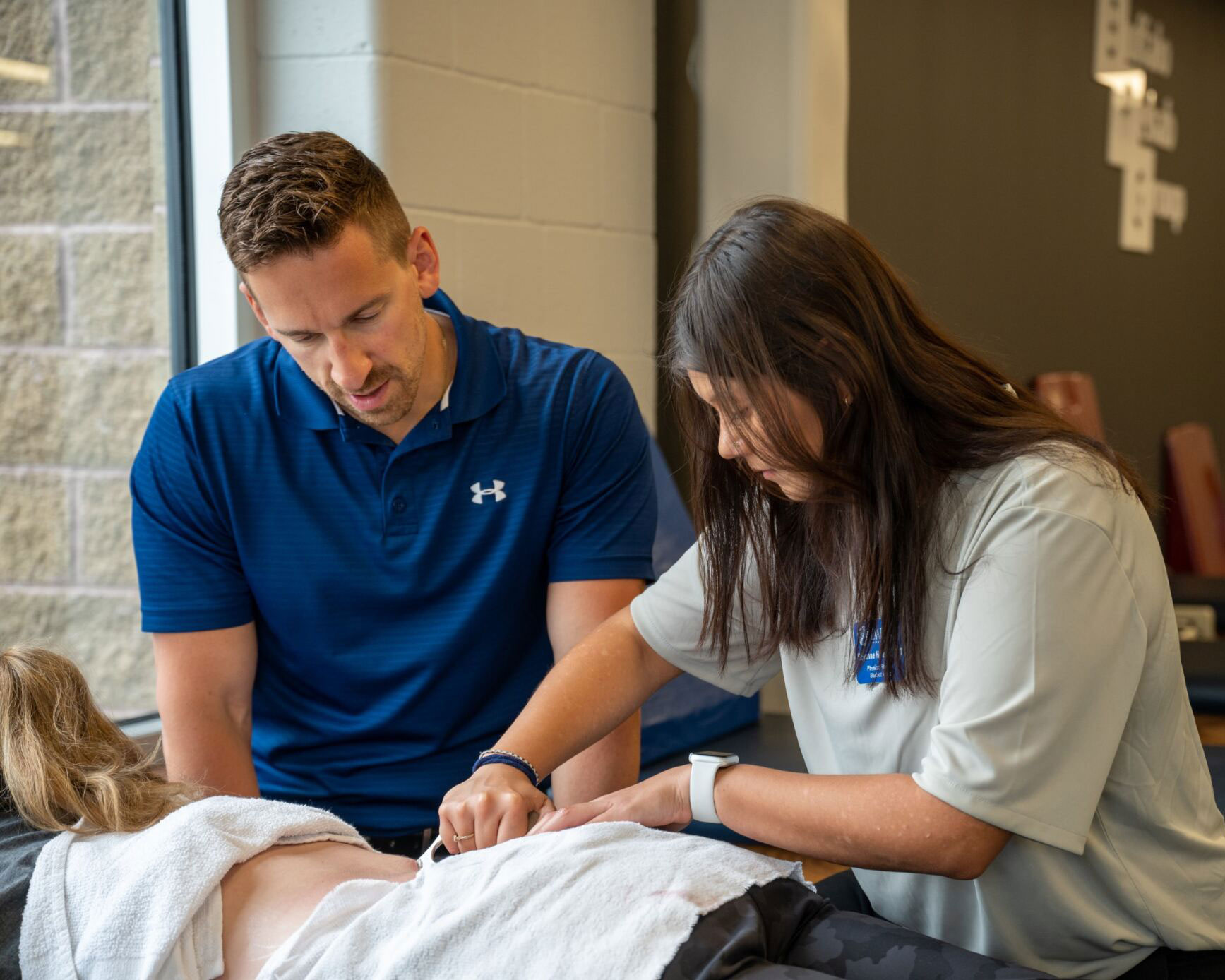
Hear From Our Patients
Why Seek Treatment at Buffalo Rehab Group?
Avoid waiting weeks for an appointment
Start sooner and embrace the freedom of booking where, when, and how you want.
Find a time and place that works for you
With expanded hours across 13 clinics and virtual care, you won’t lose time with family, friends, or work.
Enjoy start-to-finish care
Count on working with the same therapy team throughout your recovery journey.
Get support in and out of the clinic
Access your treatment plan and team through our convenient BRG app.
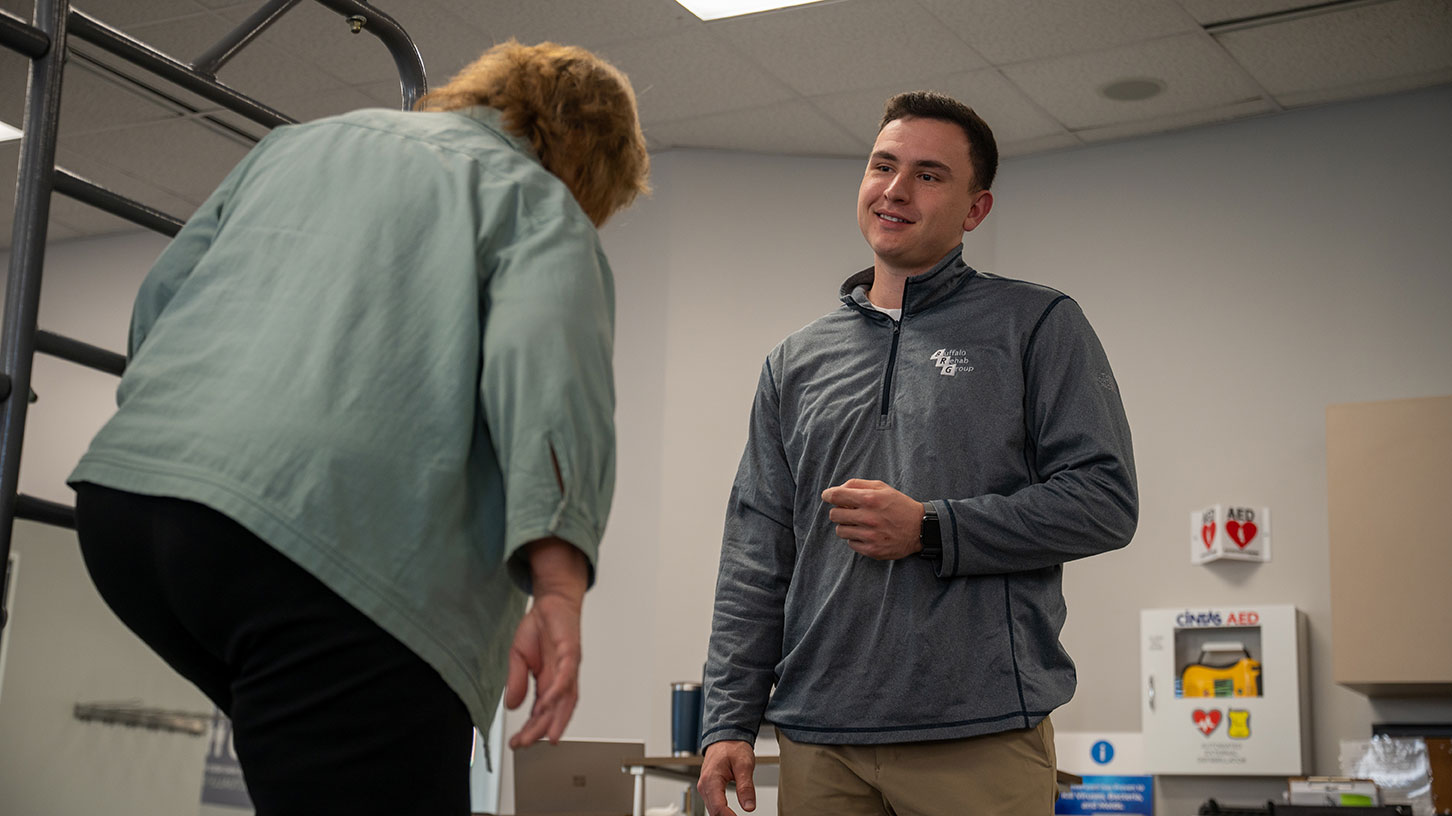
Ready to Get Your Life Back?
Get personalized expert care at various locations throughout Western New York.

